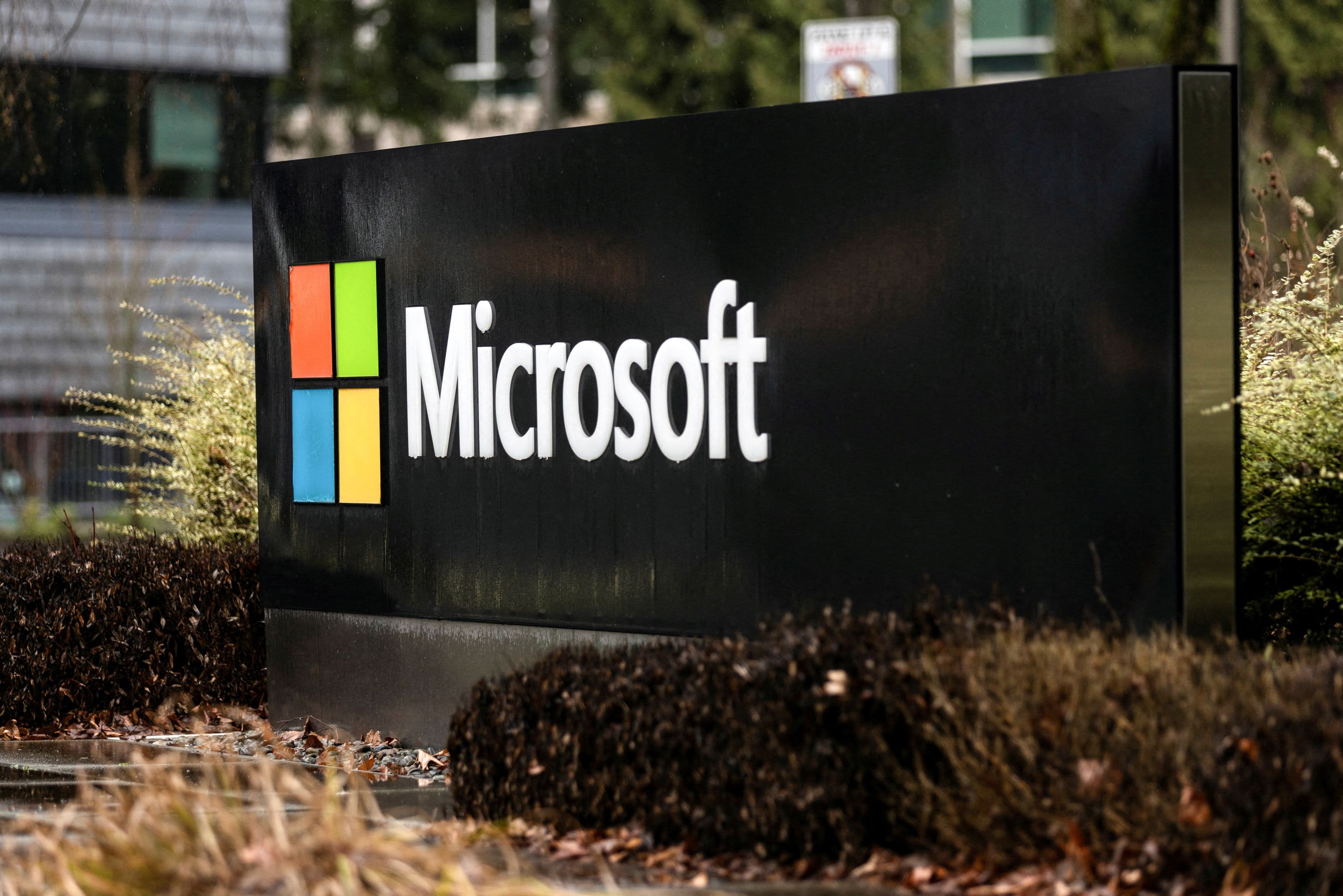Intel shares slid by as much as 9% in extended trading on Thursday after the chipmaker issued fourth-quarter results that failed to meet analysts’ estimates and gave a weaker-than-expected forecast.
Here’s how the company did:
related investing news
- Earnings: 10 cents per share, adjusted, vs. 20 cents per share as expected by analysts, according to Refinitiv.
- Revenue: $14.04 billion, vs. $14.45 billion as expected by analysts, according to Refinitiv.
Intel’s revenue declined 32% year over year in the quarter that ended Dec. 31, according to a statement. It’s the fourth consecutive quarter of falling sales as the market for personal computers retreats from the Covid boom.
The company recorded a $664 net loss, compared with a profit of $4.62 billion in the year-ago quarter.
Investors can expect more pain in the first quarter. Intel called for adjusted net loss of 15 cents per share on $10.5 billion to $11.5 billion in revenue. Analysts polled by Refinitiv had expected earnings of 24 cents per share and $13.93 billion in revenue.
Intel declined to provide a full-year forecast because of “the uncertainty in the current environment,” CEO Pat Gelsinger said on a conference call with analysts. For at least the first half of the year, Intel will deal with “persistent economic headwinds,” the company said in a presentation on its results.
In the fourth quarter, Intel’s Client Computing Group, which includes PC chips, contributed $6.63 billion in revenue, down 36% and below the $7.68 billion consensus among analysts polled by StreetAccount. Demand fell mainly in consumer and education markets, and customers lowered their inventory, Intel said. Gartner said the PC market shrank more sharply than any quarter since it began following the industry in the 1990s.
On January 12, Intel saw a total addressable market for 270 million to 295 million PCs in 2023. On Thursday the company said it now expects the market to be on the low end of that range.
The Data Center and AI segment, consisting of server chips, memory and field-programmable gate arrays, recorded $4.30 billion in revenue, down 33% but still more than the $4.17 billion consensus from StreetAccount. Intel said it encountered competitive pressure and a decline in market size.
Intel’s Network and Edge segment, containing networking products, posted $2.06 billion in revenue. That’s 1% less than in the year-ago quarter, and lower than the $2.26 billion StreetAccount consensus.
Business conditions are now “driving near-term under-loading in our factory network,” Gelsinger said.
Under-load charges, which accrue when factories are underutilized, narrowed Intel’s gross margin in the fourth quarter by 220 basis points (2.2%), David Zinsner, Intel’s finance chief, said on the call. In the first quarter loading issue will hurt gross margin by 400 basis points, Zinsner said.
“We would expect loadings to improve once we get past the inventory correction we’re currently experiencing,” Zinsner said.
During the quarter, Mobileye, an autonomous driving hardware and software supplier that Intel acquired for $15.3 billion in 2017, debuted on the Nasdaq. Intel still controls most of the voting power of Mobileye’s common stock.
Intel said that in January it lengthened the useful life of some equipment from five years to eight years, which will boost 2023 gross profit by $2.6 billion. That move is separate from the $3 billion cost-savings plan for 2023 Intel announced in its earnings statement in October. Amazon and Microsoft have made similar accounting adjustments for their server and networking equipment in recent years, and IBM on Wednesday followed suit.
Intel stock has slid about 42% in the past year, while the S&P 500 index is off by 7% over the same period.
WATCH: AMD and Intel are priced like they’re going out of business, says Keith Fitz-Gerald









